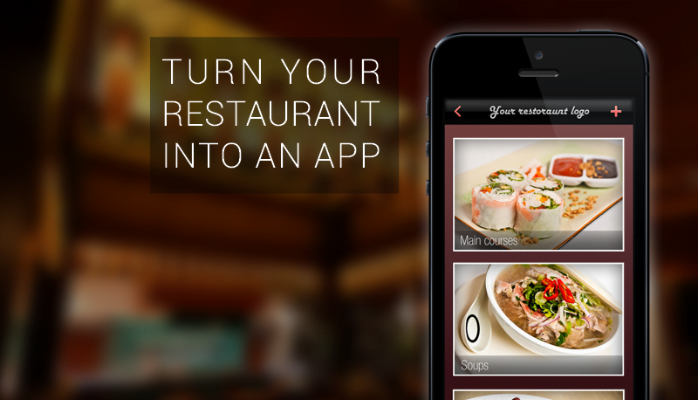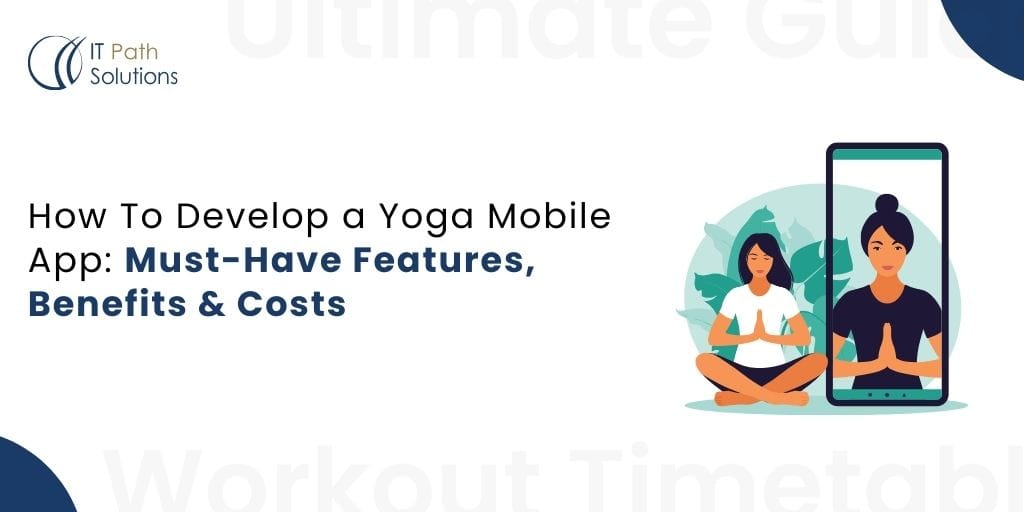Reasons Why Your Restaurant Needs an App

Restaurant App Development
In an era where smartphones dominate how consumers discover, interact with, and purchase from businesses, restaurants that fail to adapt risk falling behind. A mobile app is no longer just a tech trend—it’s a critical tool for staying competitive, enhancing customer loyalty, and driving growth. Here’s why your restaurant needs a dedicated app in 2023.
1. Deliver Unmatched Convenience
Modern diners crave speed and simplicity. A restaurant app allows customers to browse your menu, place orders, pay securely, and even reserve tables—all from their phones. Features like real-time order tracking and in-app chat support eliminate wait times and frustration, creating a seamless experience that keeps customers coming back.
By integrating your app with delivery services, you also cater to the growing demand for takeout and dine-at-home options. Convenience is king, and a restaurant app positions your brand as a customer-first business.
2. Skyrocket Online Ordering Revenue
Online orders now account for over 30% of total restaurant revenue, and apps outperform websites in converting casual browsers into paying customers. With a restaurant ordering app, customers can reorder their favorite meals in seconds, reducing drop-off rates.
Upselling becomes effortless too. Use push notifications to highlight daily specials or recommend add-ons like desserts and drinks. Restaurants with apps report a 20% increase in average order value, proving that small nudges in the ordering process translate to big revenue gains.
3. Build Loyalty with Rewards Programs
Loyalty programs are proven to boost repeat visits, but traditional punch cards or paper coupons are easy to lose and hard to track. A restaurant loyalty app automates rewards, letting customers earn points with every purchase.
Offer perks like a free appetizer after five orders or double points during happy hours. Send personalized birthday discounts or anniversary rewards to make customers feel valued. Apps keep your brand top-of-mind and turn occasional diners into regulars.
4. Simplify Operations
Juggling phone orders, walk-ins, and third-party delivery platforms can overwhelm your staff. A restaurant app consolidates everything into one system. Orders flow directly to the kitchen, payments are processed automatically, and inventory updates in real time.
Integrate your app with existing POS systems to reduce human error and speed up service. With fewer manual tasks, your team can focus on delivering exceptional meals and experiences.
5. Take Control of Marketing
Third-party delivery apps charge hefty commissions and own your customer data. A restaurant app lets you reclaim that power. Send targeted push notifications about limited-time offers, seasonal menus, or happy hour deals directly to your audience.
Geo-targeting takes this further. Alert users within a 5-mile radius about lunch specials during slow afternoons or advertise late-night dessert promotions. Direct marketing via your app cuts costs and builds a stronger connection with your audience.
6. Unlock Customer Insights
Understanding your customers is key to growth. A restaurant app tracks user behavior, such as favorite dishes, peak ordering times, and spending habits. Use this data to refine your menu, adjust pricing, or launch promotions that resonate with your audience.
For example, if the data shows a surge in vegan orders, consider expanding plant-based options. Analytics turn guesswork into actionable strategies, maximizing your return on investment.
7. Outshine Competitors
The restaurant industry is crowded, and a custom app sets you apart. Over 60% of mid-sized restaurants now have apps, and diners increasingly expect tech-forward experiences. An app signals that your brand is innovative and committed to meeting modern expectations.
Highlight your app on social media, receipts, and in-store signage to attract tech-savvy customers who prioritize convenience.
8. Slash Costs
Automation reduces labor costs and operational inefficiencies. With an app handling orders and payments, you’ll need fewer staff members managing phones or cash registers. Additionally, relying less on third-party delivery platforms saves the 15–30% commissions they typically charge.
Over time, these savings add up, freeing up resources to invest in quality ingredients, staff training, or marketing campaigns.
9. Personalize the Dining Experience
Apps let you tailor interactions to individual preferences. Greet users by name, suggest dishes based on their order history, or offer discounts on their favorite meals. For instance, send a notification like, “We miss you! Enjoy 15% off your go-to margherita pizza this week.”
Personalization fosters emotional connections, making customers feel understood and appreciated—a proven way to boost retention.
10. Improve Reviews and Reputation
Online reviews make or break restaurants. An app simplifies feedback collection by prompting users to rate their experience or share suggestions post-order. Quickly address complaints to prevent negative reviews and reward satisfied customers with loyalty points for leaving feedback.
Positive ratings on Google, Yelp, and social media attract new diners, while proactive issue resolution builds trust.
Conclusion
A restaurant app is more than just a digital menu—it’s a powerful growth tool. From boosting sales to strengthening customer relationships and optimizing operations, the advantages are clear. In 2023, diners expect to interact with restaurants on their smartphones, making mobile app development a critical investment.
A custom app tailored to your restaurant’s unique needs not only future-proofs your business but also enhances profitability and establishes your brand as an innovative leader in the industry. Don’t let your competitors take the lead—begin developing your restaurant app today and watch your business thrive.
 Healthcare
Healthcare  Education
Education  Real Estate
Real Estate  Logistic
Logistic  Themes
Themes
 Plugins
Plugins
 Patterns
Patterns





